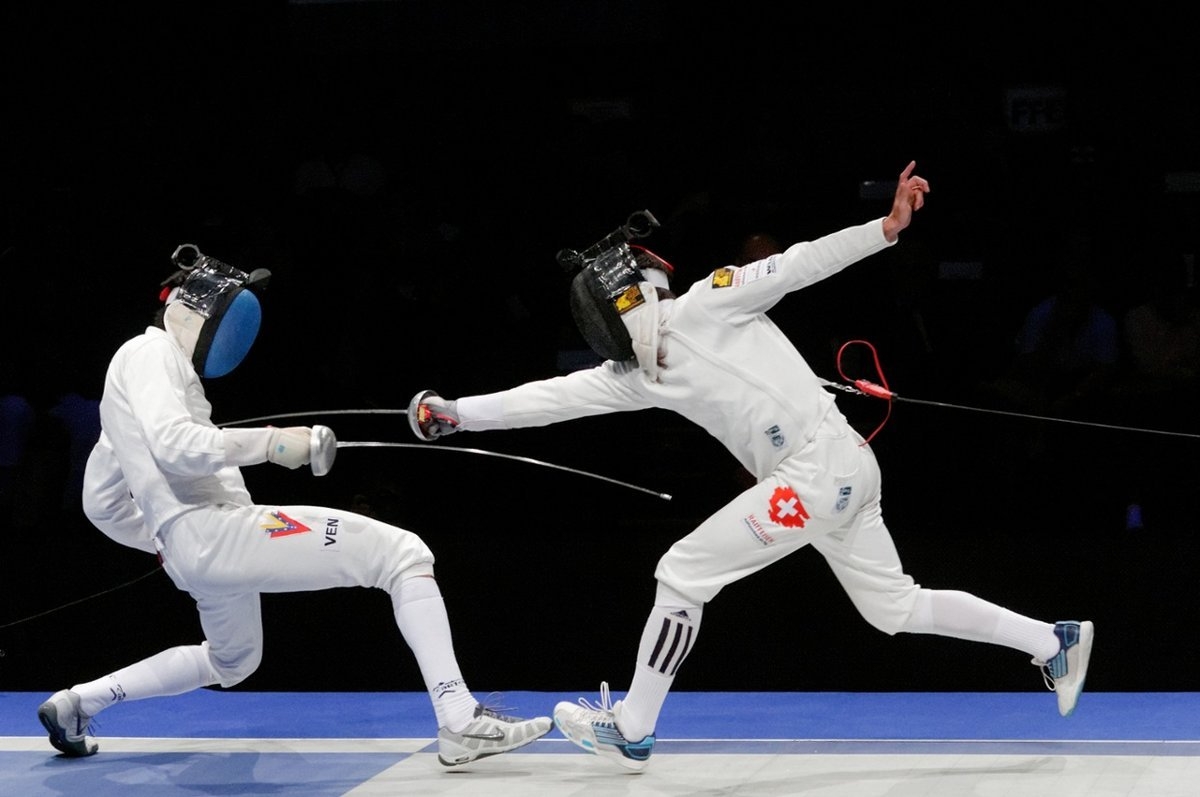The Art and Strategy of Sports Fencing: A Blade with Precision

In the realm where athleticism meets precision, sports fencing stands out as a discipline that combines physical prowess with strategic thinking. With roots tracing back centuries to the art of swordplay, modern fencing has evolved into a dynamic and highly competitive sport that captivates both participants and spectators alike.
A Rich History and Evolution
Fencing as a sport can be traced back to ancient times when swordsmanship was a vital skill for warfare and personal defense. Over the centuries, the sport transformed from a practical necessity to a refined art form and eventually to a structured competitive activity. By the 19th century, fencing had established rules, equipment, and techniques that laid the foundation for its modern incarnation.
The Three Disciplines
In contemporary sports fencing, there are three primary disciplines: foil, épée, and sabre. Each discipline differs in terms of target area, rules governing scoring, and the type of weapon used:
- Foil: A light and flexible weapon where points are scored by hitting the opponent's torso.
- Épée: A heavier weapon with a larger guard, allowing hits on any part of the opponent's body.
- Sabre: A cutting weapon where points can be scored with both the edge and the tip, primarily targeting the opponent's upper body, including the head and arms.
The Fencer's Arsenal
Central to the sport of fencing is the equipment used to ensure safety and fairness during competition. Fencers wear protective gear such as masks, jackets, gloves, and plastrons (chest protectors) to shield themselves from potential injuries. The weapons themselves—foils, épées, and sabres—are meticulously crafted for balance, flexibility, and precision.
Strategy and Tactics
While fencing demands physical agility and reflexes, it equally emphasizes mental acuity and strategic thinking. Fencers must analyze their opponent's movements, anticipate attacks, and quickly adapt their tactics in response. Matches are often fast-paced and intense, requiring split-second decisions and precise execution of techniques.
The Competitive Arena
Fencing competitions are structured around individual and team events, with athletes competing on strips—narrow, elongated mats where bouts take place. Matches are conducted under strict rules and guidelines that ensure fairness and safety. The scoring system awards points based on valid touches made according to the rules of each discipline.
Beyond the Strip: Benefits and Appeal
Beyond its competitive aspect, fencing offers numerous benefits to participants. It promotes physical fitness, agility, and coordination while also fostering mental discipline and concentration. Moreover, fencing is a sport that transcends age and gender, welcoming enthusiasts from diverse backgrounds who share a passion for its unique blend of athleticism and artistry.
Conclusion
Sports fencing is more than just a contest of physical strength; it is an elegant dance of skill and strategy, where athletes wield blades with precision and finesse. Rooted in history yet continually evolving, fencing continues to captivate both practitioners and spectators with its blend of tradition and innovation. Whether as a competitive pursuit or a recreational activity, fencing stands as a testament to the enduring appeal of mastery and athleticism in the modern sporting world.
- Arts
- Business
- Computers
- Jogos
- Health
- Início
- Kids and Teens
- Money
- News
- Recreation
- Reference
- Regional
- Science
- Shopping
- Society
- Sports
- Бизнес
- Деньги
- Дом
- Досуг
- Здоровье
- Игры
- Искусство
- Источники информации
- Компьютеры
- Наука
- Новости и СМИ
- Общество
- Покупки
- Спорт
- Страны и регионы
- World


